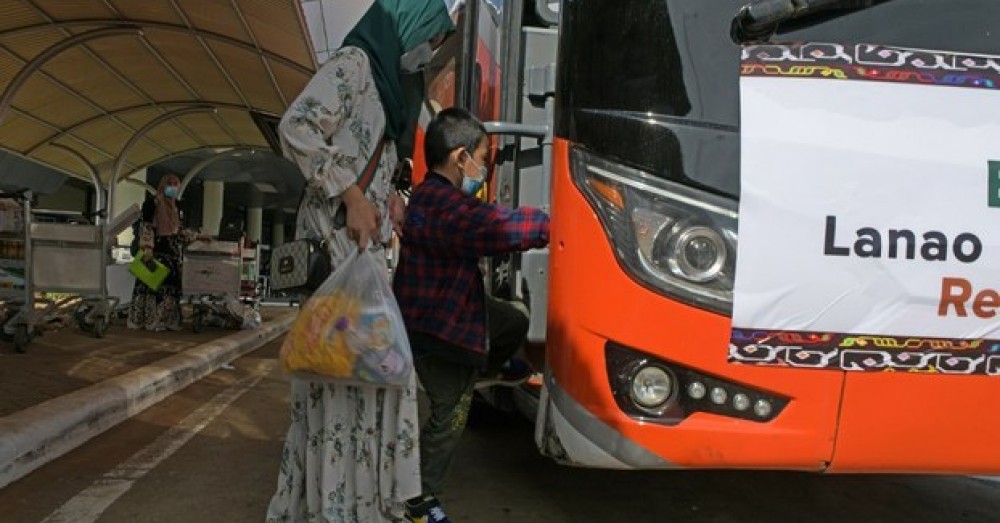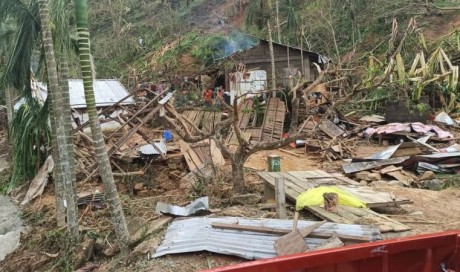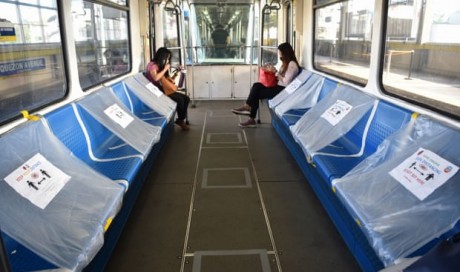The Philippines still lacks enough laboratories to test people for the coronavirus but is speeding up efforts to boost its testing capacity ahead of an expected surge in Filipino workers returning from abroad, a government spokesman said Wednesday.
At present, only 42 labs across the country are accredited to conduct COVID-19 tests, officials said.
“We are still aggressively pursuing the establishment of more laboratories because we don’t have enough,” presidential spokesman Harry Roque said in a radio interview, transcripts of which were released by his office.
“So we need to improve not just the not just the capacity but also to make sure that they have all supplies so that they can maximize their capacities,” he said.
The anticipated return of hundreds of thousands Filipino expatriate workers within the next three months, because of an economic slowdown caused by the global pandemic, could complicate the government’s COVID-19 testing efforts, Roque said.
He said the government already had taken “plenty of remedial measures,” including opening other international airports apart from the main one serving Manila. Employment agencies, as well as the returning overseas workers, themselves have also been given the liberty to pick the testing center of their choice, as the country prepares to screen expatriates coming home for the contagious virus.
“This is actually to ease the backlog. And the reason is, we are expecting as many as 300,000 OFWs to come home in the next three months,” Roque said, using the acronym for “overseas Filipino workers.”
The anticipated surge of workers returning home as the number of COVID-19 infections continues to rise could create a scenario pushing the government to again implement strict quarantine measures – barely two weeks after relaxing lockdown rules.
Although the government has accelerated coronavirus testing in recent weeks, less than 1 percent of the Philippine population has been tested, according to statistics from the Department of Health.
As of June 4, “a total of 396,914 tests for COVID-19 have been conducted on 366,423 individuals, a significant increase from 83,551 tests recorded on May 26,” the state-run Philippine News Agency reported on Wednesday.
Metropolitan Manila, the Philippine capital region with a population of about 16 million people, “has always been the epicenter” of the virus, Roque said.
“Although indicators appear to be improving, the reality is numbers remain high and are increasing in Metro Manila,” he said, as an interagency task force on COVID-19 prepared to meet to tackle the issue Wednesday.
Also on Wednesday, the health department reported 10 additional deaths from the virus, bringing the toll to 1,027 in the Philippines. There were also 740 new cases reported, with the total number of nationwide infections now at 23,732. Over the past two days, the department reported more than 1,000 new cases.
“We cannot afford a second wave,” Roque said, emphasizing that if the government loosened its health protocols, more cases would be reported.
He said that the mayors of Manila and nearby cities that make up Metro Manila had been authorized to implement local lockdown measures in their areas.
Share This Post















